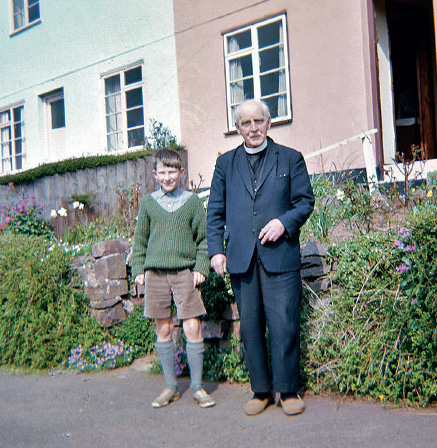

Starting out, Easter 1964. At Timberscombe, north-west Somerset, with Great Uncle Percy, the children’s author J. P. Martin.
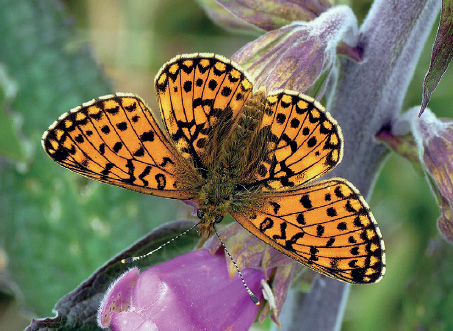
Small Pearl-bordered Fritillary on Foxglove, Exmoor.
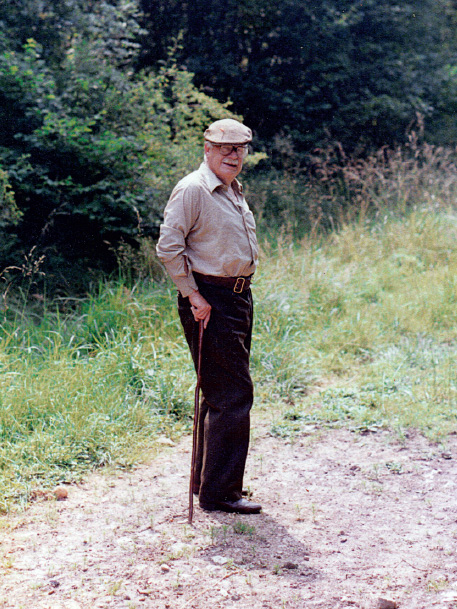
BB (Denys Watkins-Pitchford) out Emperoring (© the BB Society).
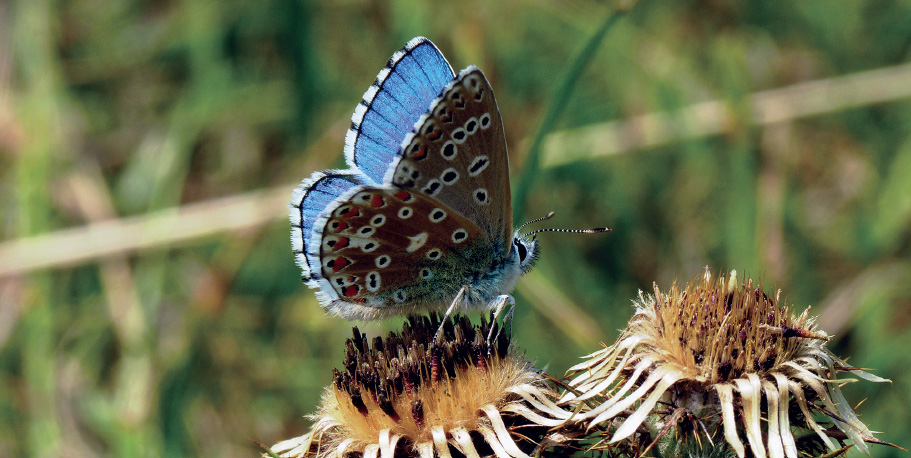
The Adonis Blue, back home in the Cotswolds after a 40-year absence.
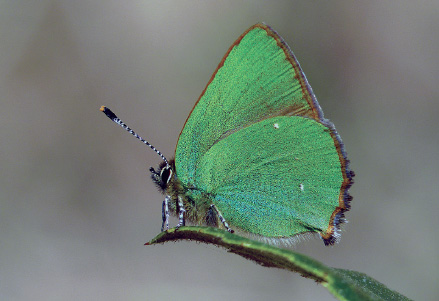
A Green Hairstreak on Rodborough Common.
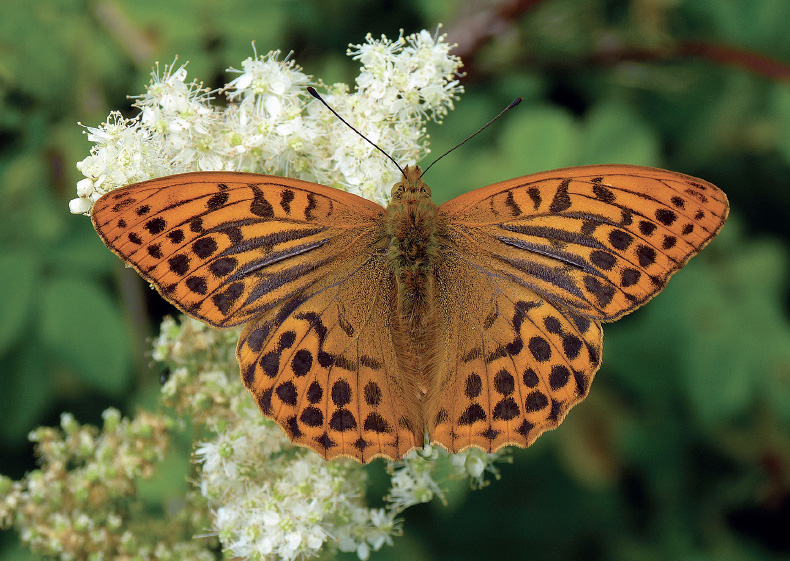
Silver-washed Fritillary, a woodland butterfly now on the increase.
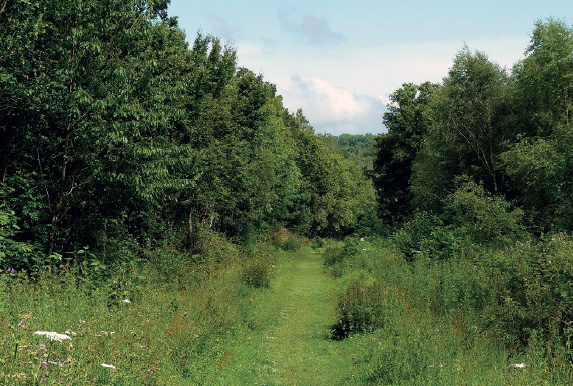
Marlpost Wood, West Sussex, July 2012. Duke of Burgundy and Pearlbordered Fritillaries flew along this ride in the late 1960s, breeding in the young oak plantation on the left, which is now a breeding locality for Silver-washed Fritillary and White Admiral.
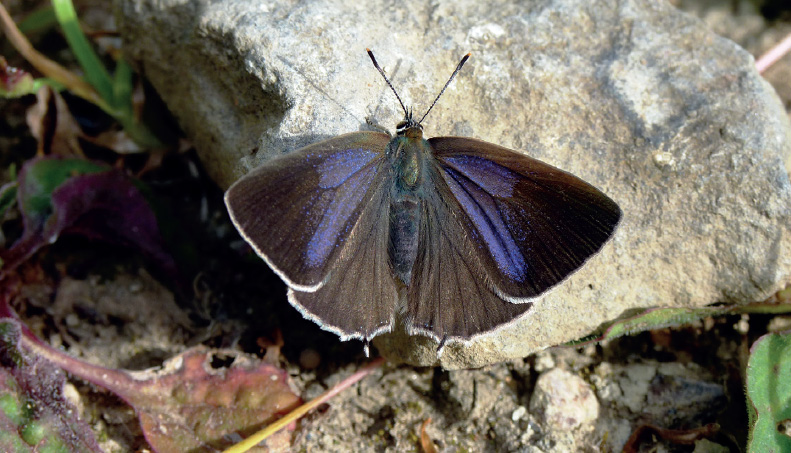
A female Purple Hairstreak, a tree-top species that pupates on the ground.
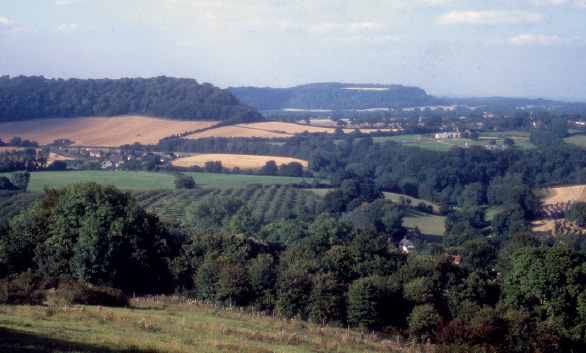
Edward Thomas country; the little-known paradise that is the East Hampshire Hangers. Looking north towards Noar Hill and Selborne from Wheatham Hill, near Petersfield.
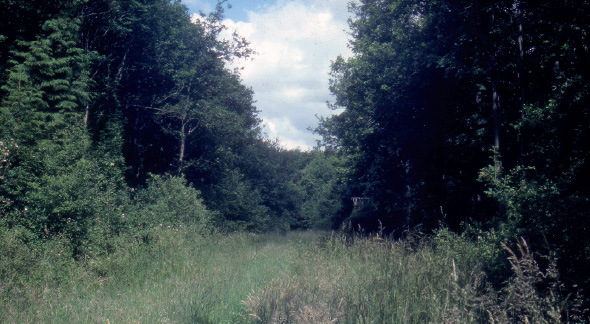
Straits Inclosure, Alice Holt Forest, Hampshire, July 1980. Each mid-summer morning numerous Silver-washed Fritillaries and White Admirals would breakfast on the profuse bramble blossom.
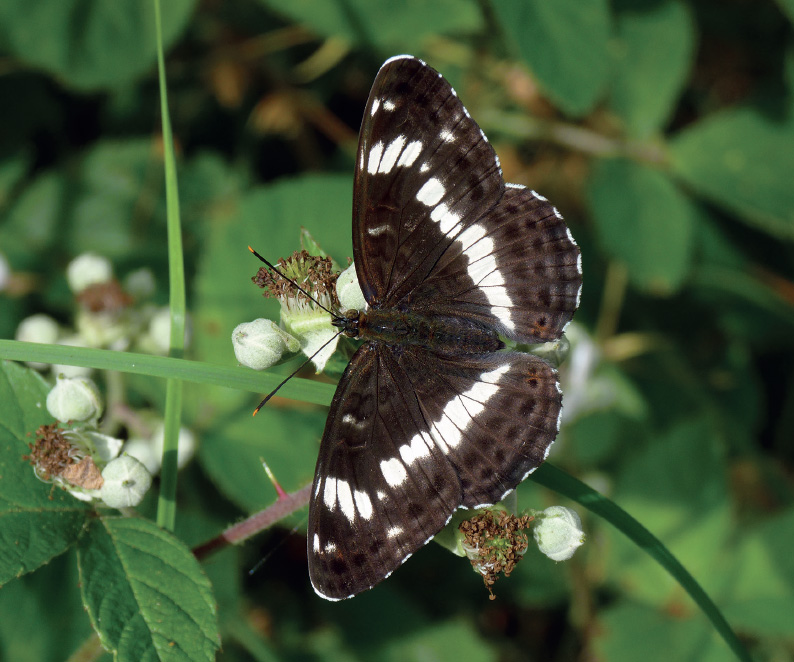
A freshly emerged White Admiral on bramble flowers.
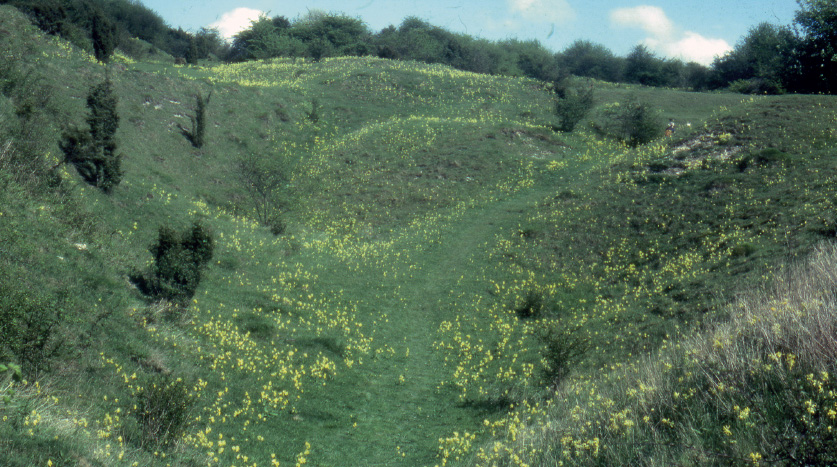
Noar Hill, Selborne, May 1986, when Cowslips and Duke of Burgundies abounded, the air pulsated with the songs of Willow Warblers, and all was right with the world.
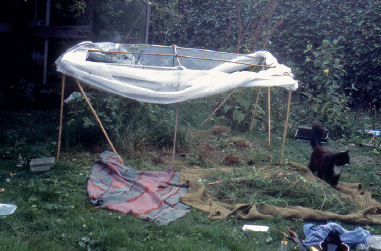
Dissecting the experimental cage built to determine where Duke of Burgundy larvae pupate, ‘HM Prison Wyck’, Hampshire, August 1984.
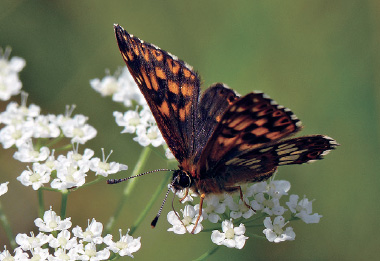
A rare second-brood Duke of Burgundy from Rodborough Common.
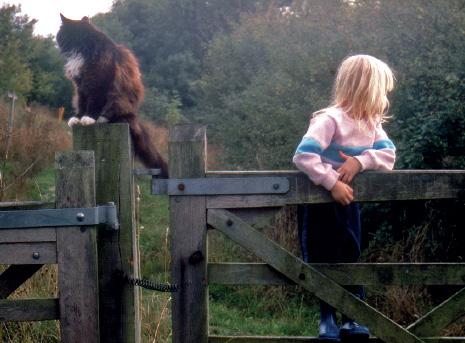
Looking back at Noar Hill - Thomas Mouse, who conducted frequent small mammal surveys there, and daughter Lucina (Lucy), who didn’t.

A sylph-like and remarkably hirsute author marking Duke of Burgundies for ecological research work on Noar Hill, May 1984.
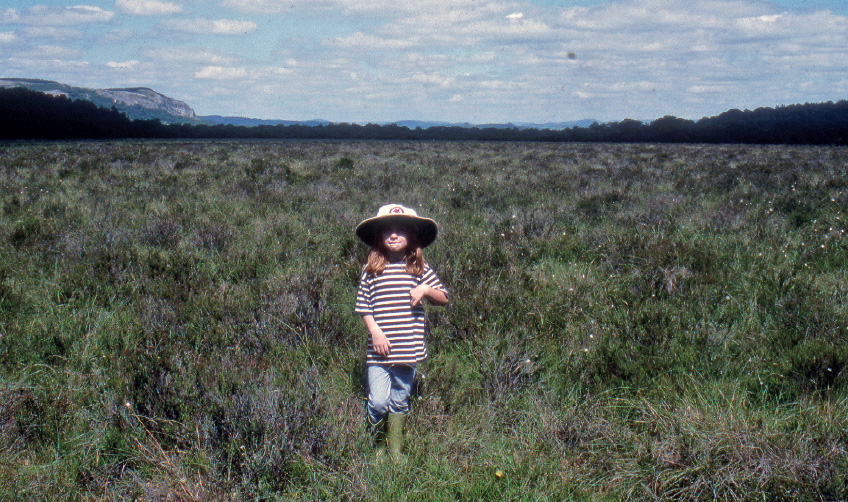
Camilla (Millie) Oates in July 1996 at Meathop Moss, south Cumbria, the haunt of the Large Heath. In the distance lies the limestone massif of Whitbarrow Scar.
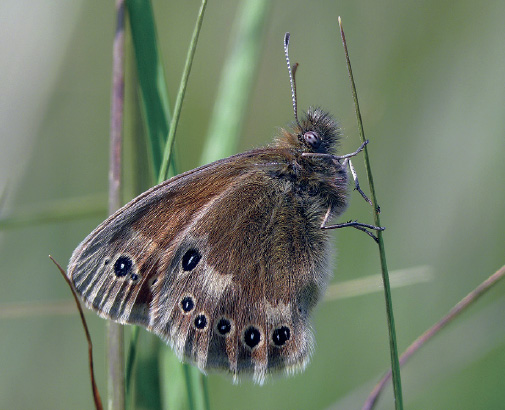
A Large Heath at Meathop Moss in July.
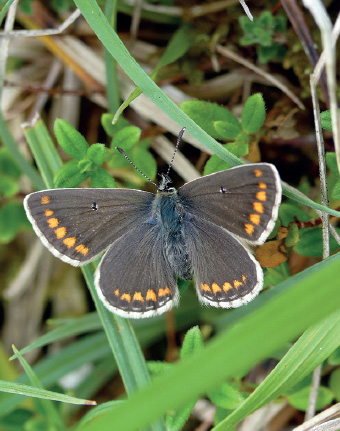
A Brown Argus, a common butterfly on the Cotswold grasslands.
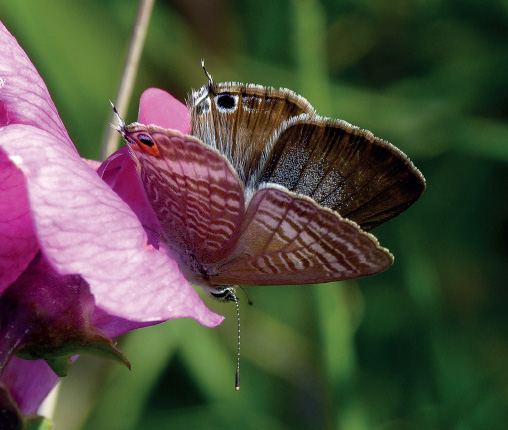
A Long-tailed Blue from the famous 2013 influx of this exceedingly scarce migrant. This female was photographed at Kingsdown Leas in Kent, in September.
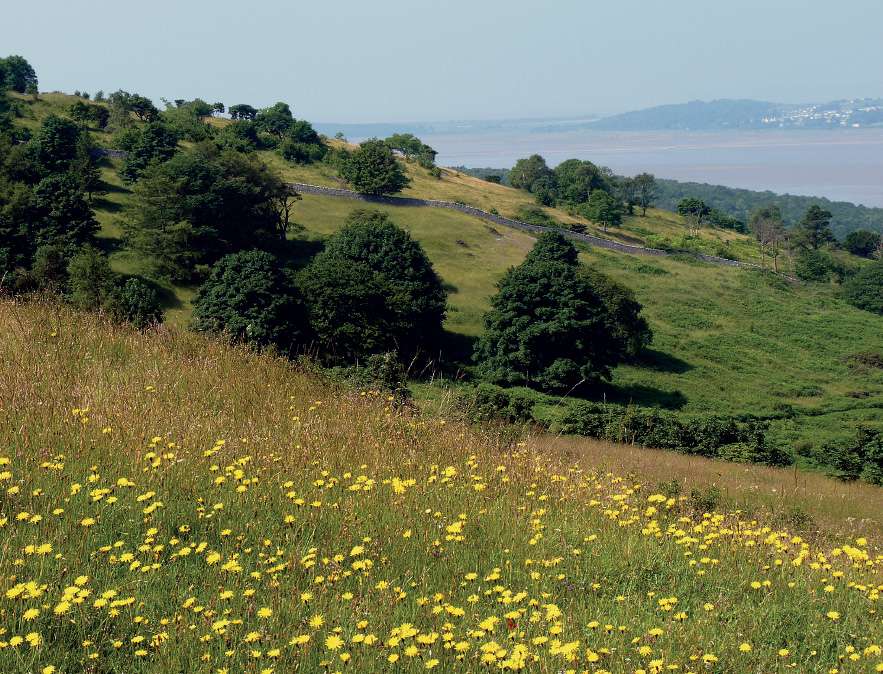
Arnside Knott, south Cumbria, July 2013. A place of pilgrimage, and probably the UK’s bestloved butterfly site.
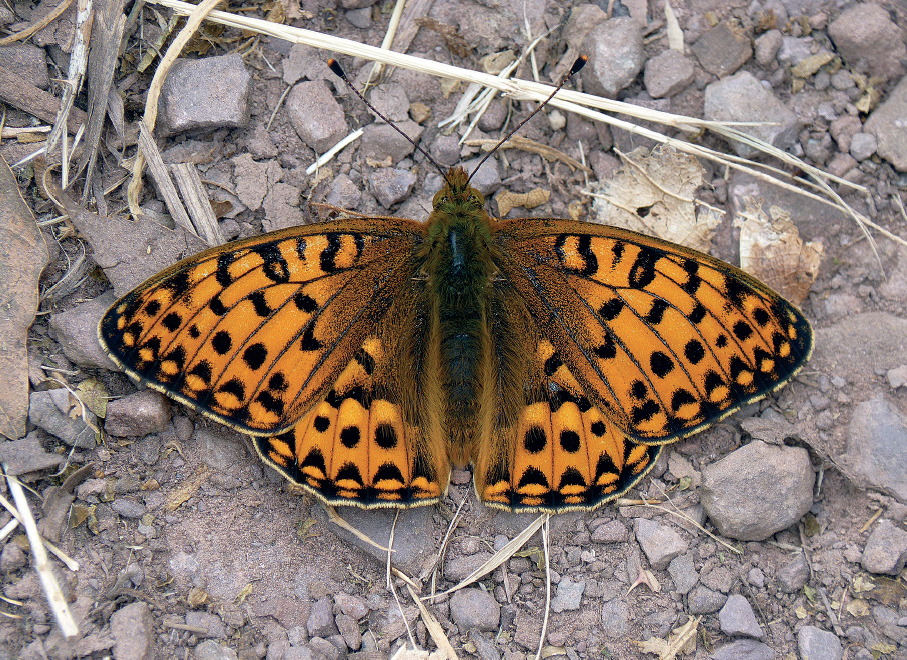
Dark Green Fritillary is locally common on the Morecambe Bay hills.

The kingdom of the Mountain Ringlet. Near Stickle Tarn and Pavey Ark in the Langdale Pikes, Lake District, June 1995.
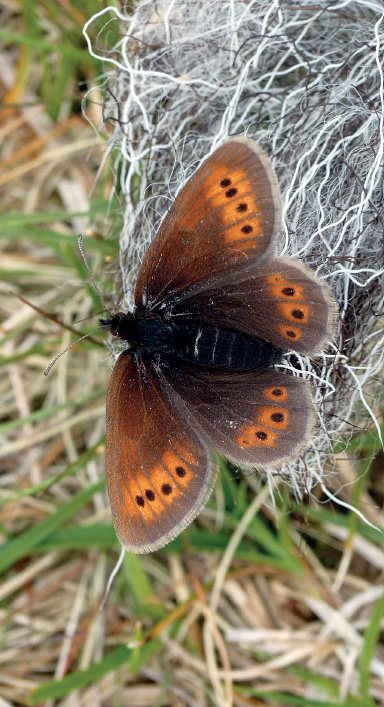
The lady of the high fells, the Mountain Ringlet. A female basking on discarded sheep wool, Grey Knotts, Cumbria, July.
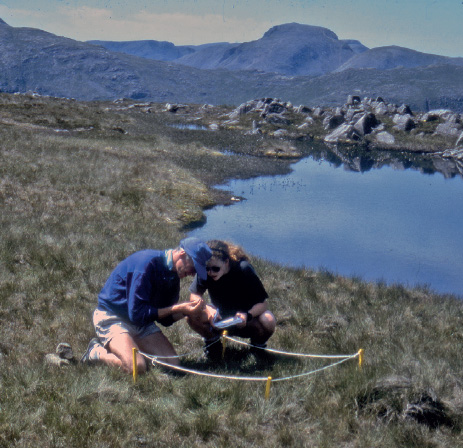
Thunacar Knott, Langdale Pikes, June1995. Analysing vegetation structure where a Mountain Ringlet egg has been laid.
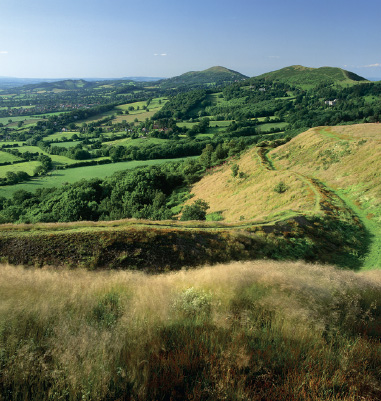
The Malvern Hills, looking north from the British Camp (© National Trust Images/Joe Cornish).
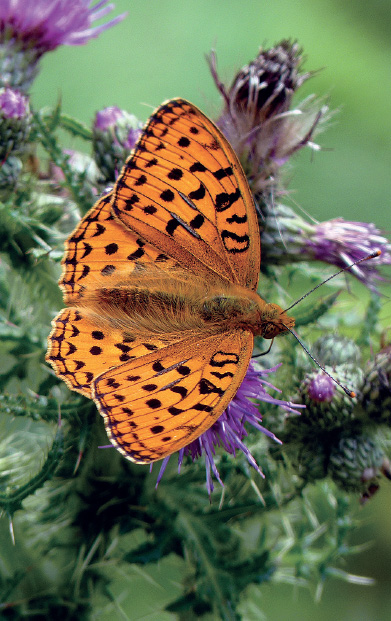
Male High Brown Fritillary from Heddon Valley, north Devon.
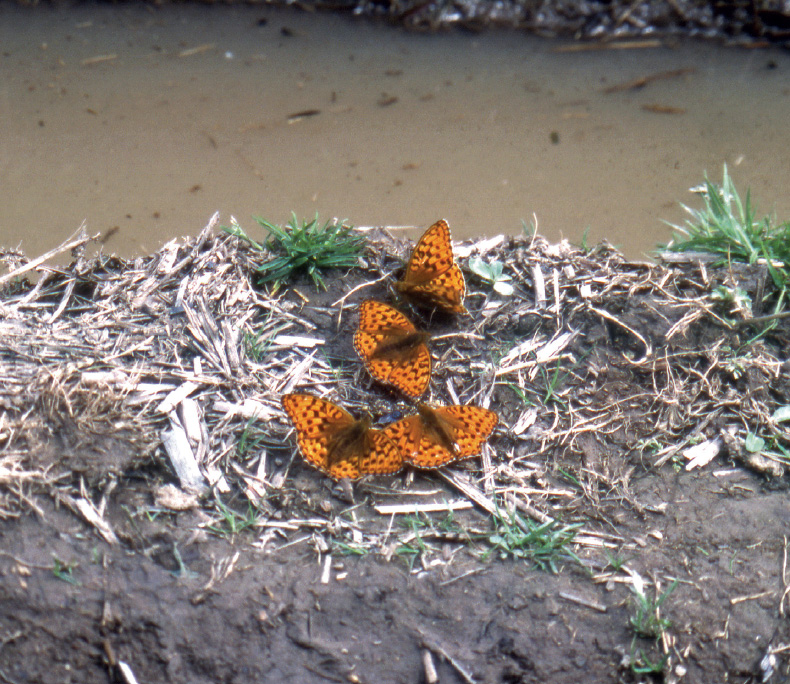
Four High Brown Fritillaries drinking by a puddle. Eleven were clustered there one hot day in July 1986 - then a jogger ran through as I was lining up the photograph. Just four returned. Forgiveness, like many other things, can take time.
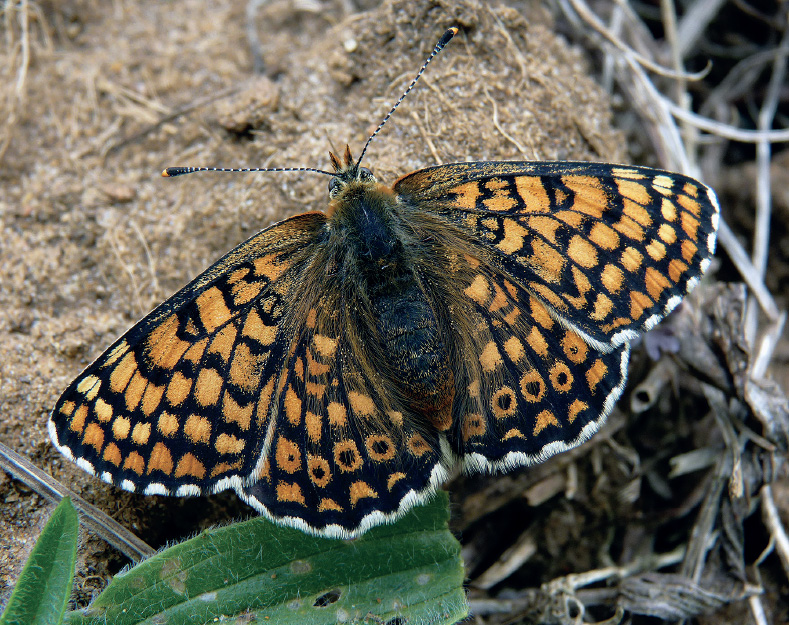
Glanville Fritillary at Compton Bay.
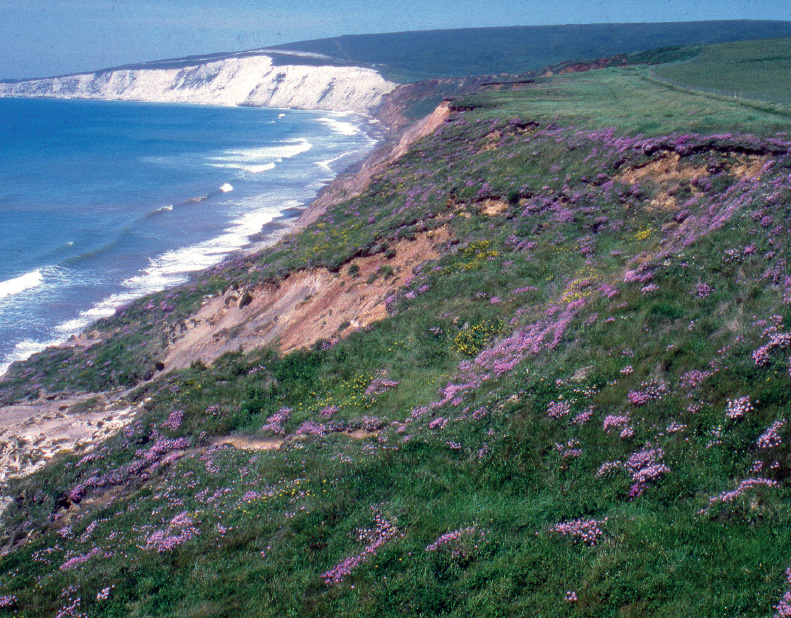
The ever-changing shoreline of Compton Bay on the Isle of Wight - the ‘island home’ of the Glanville Fritillary. June 1996.
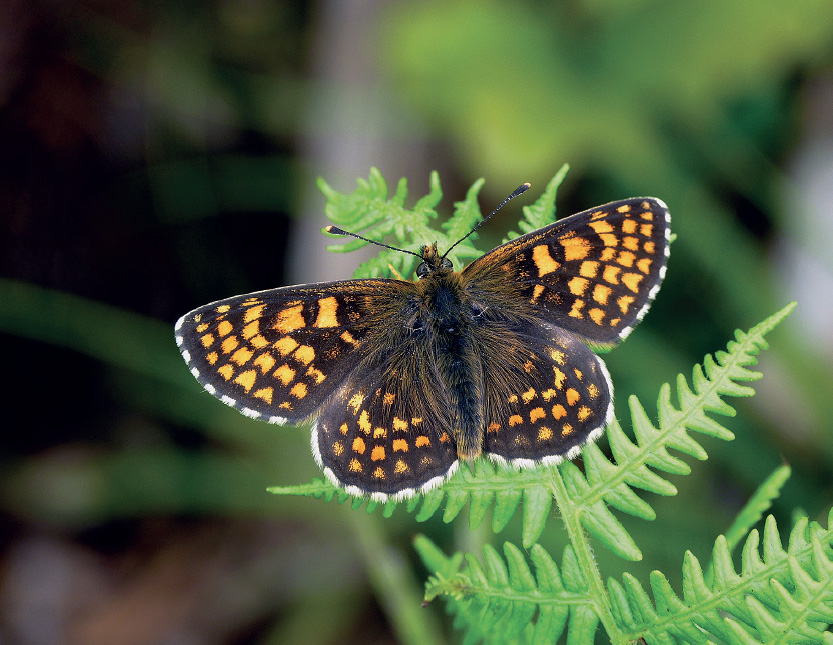
Male Heath Fritillary displaying in Halse Combe, near Porlock on east Exmoor
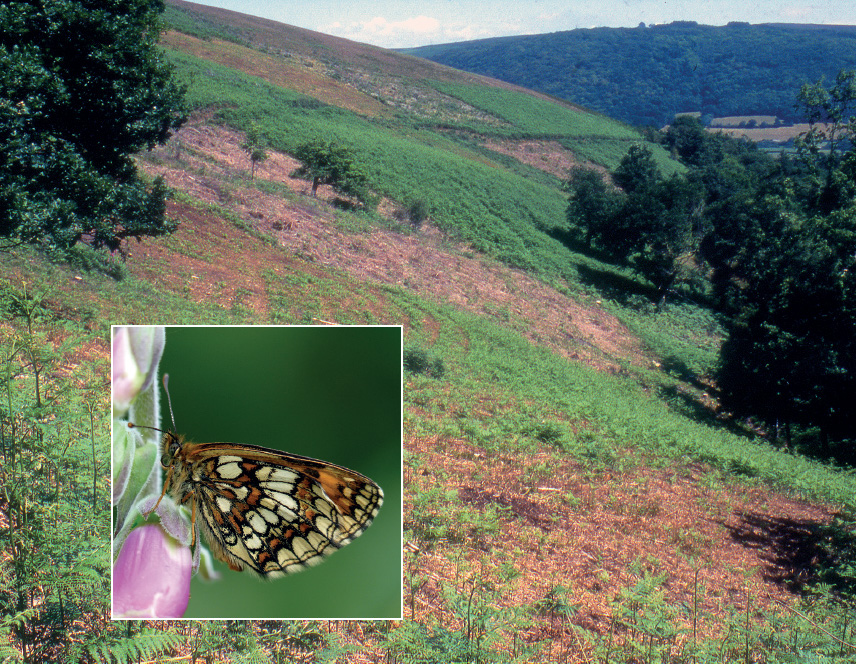
Largescale experimental plots in Halse Combe, set up to determine how to manage Bracken habitats for this rare butterfly. June, 2004. Inset: Heath Fritillary underwing, at Halse Combe.
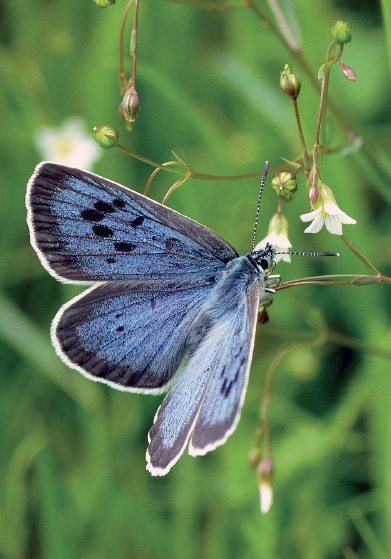
A male Large Blue at Collard Hill in June.
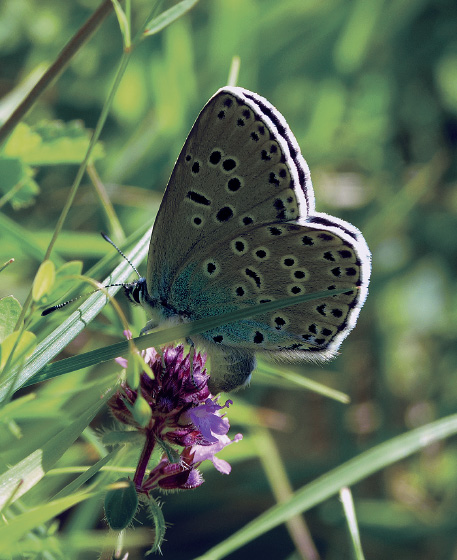
Large Blue laying eggs on Wild Thyme in June.
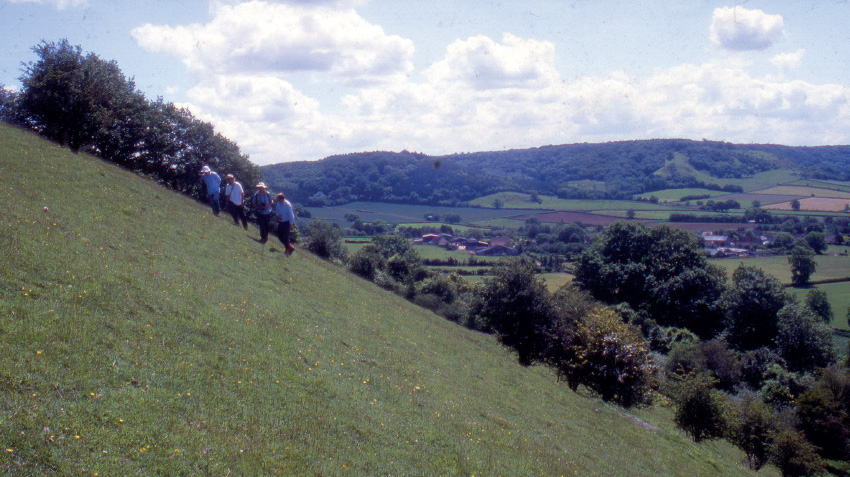
Early days at Collard Hill, the National Trust’s open-access site for the Large Blue in the Polden Hills, Somerset, in June 2002. From left to right, Nigel Bourn, David Simcox, Martin Warren and Jeremy Thomas
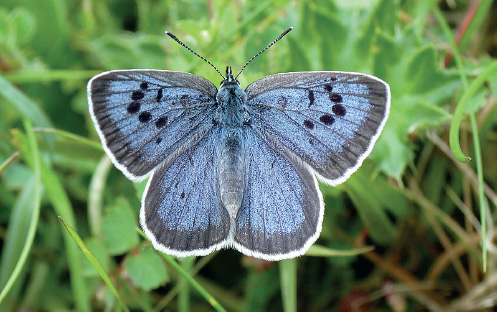
A female Large Blue at Collard Hill, showing the upperwing.
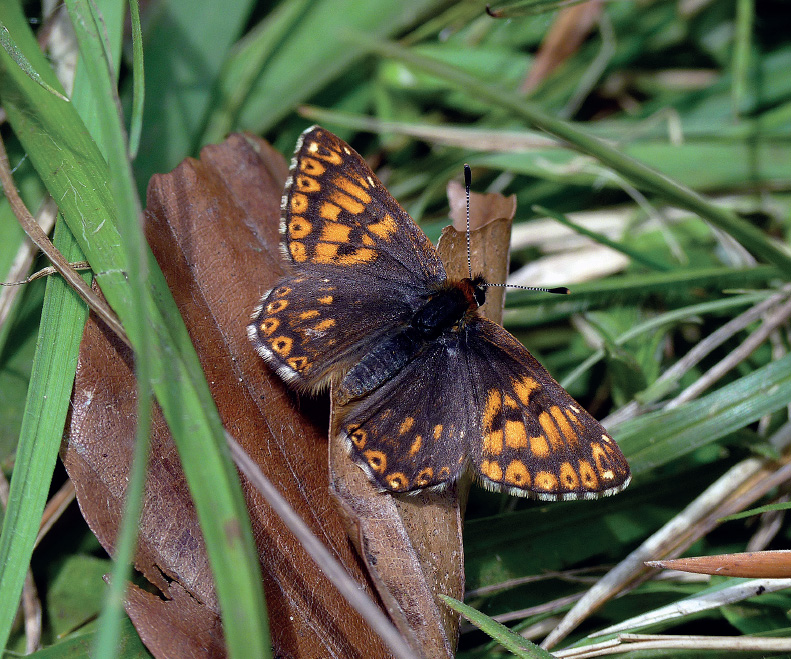
His Grace the Duke of Burgundy, on Rodborough Common.
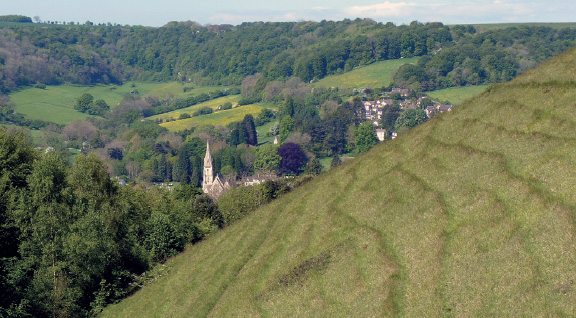
Burgundy country; the steep slopes of Rodborough Common, in the heart of the Cotswolds, June 2013.

Purple Haze! Strawberry Banks, alive with Devil’s-bit Scabious flowers and an assortment of random small children. September 1996.
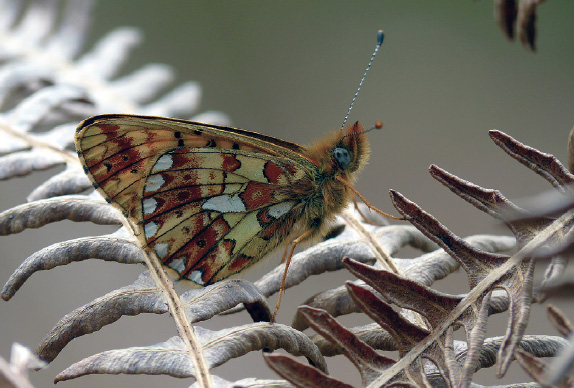
Pearl-bordered Fritillary at Cwm Soden on the Ceredigion coast.
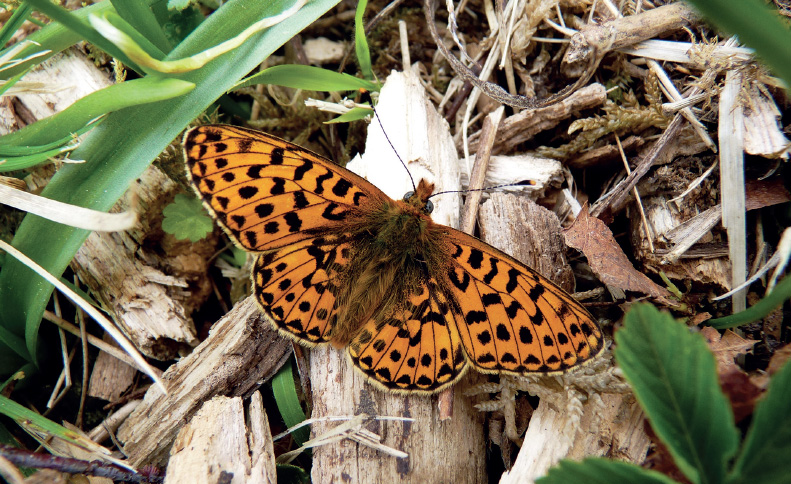
Freshly emerged Pearl-bordered Fritillary in Cirencester Park Woods.
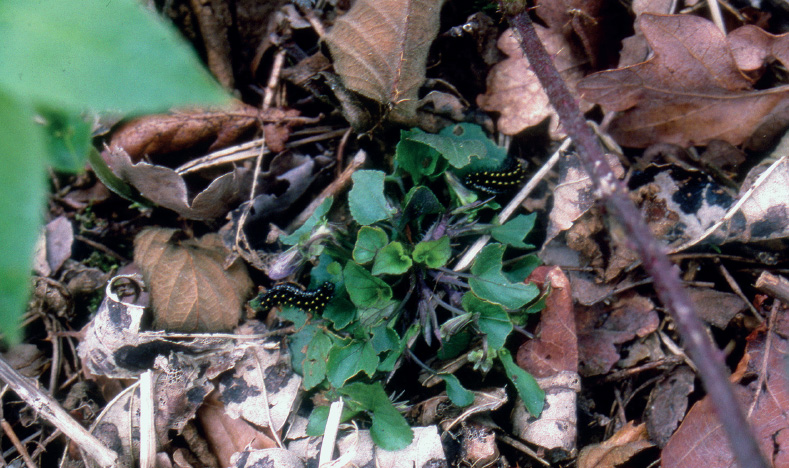
Two Pearlbordered Fritillary larvae feeding on a violet clump amongst a tangle of dead bramble leaves, a classic breeding location. Cirencester Park Woods, Gloucestershire, April 1998.
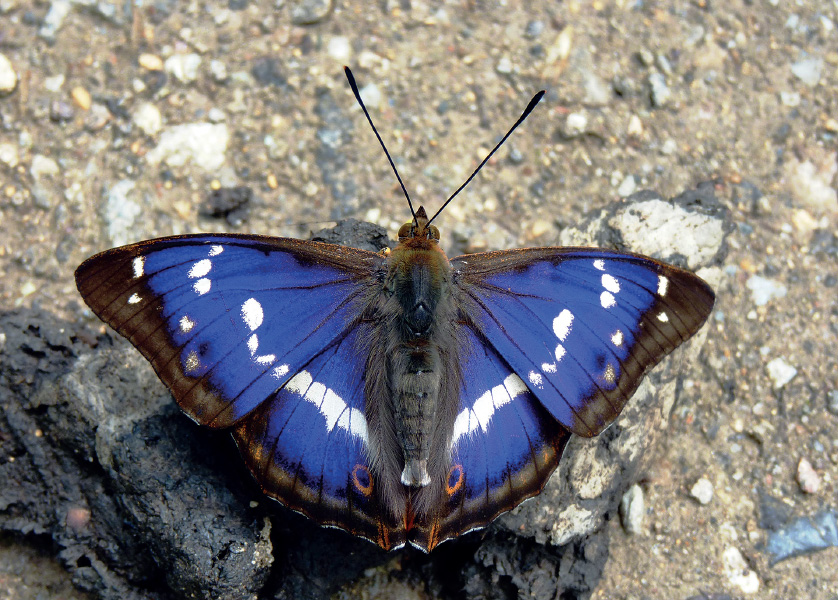
A pristine male Purple Emperor, feeding on Fox scat. Fermyn Woods, Northamptonshire, June 2014.
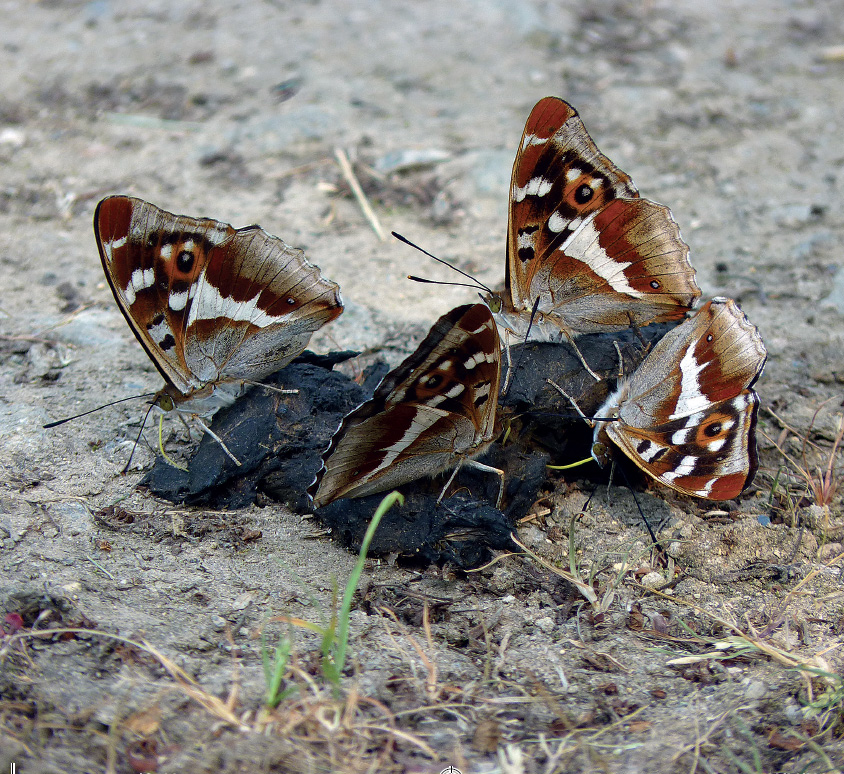
A posse of four Purple Emperors feeding on Fox scat. Fermyn Woods, July 2013.
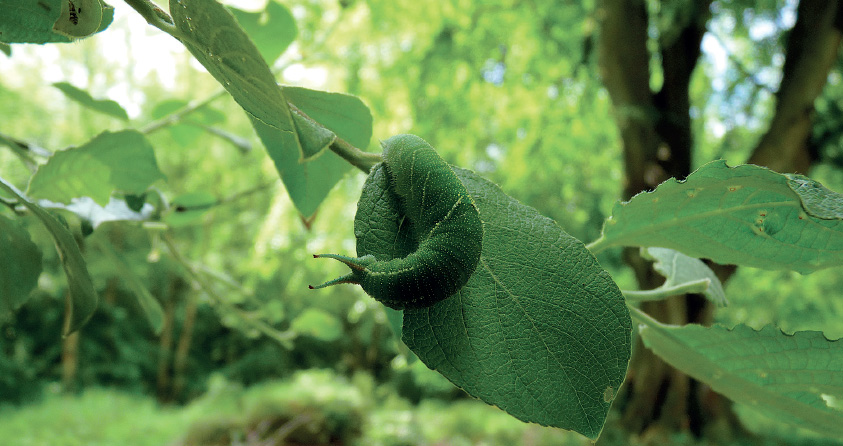
Purple Emperor larva named ‘Keats’ at dinner, Savernake Forest, early June 2010.
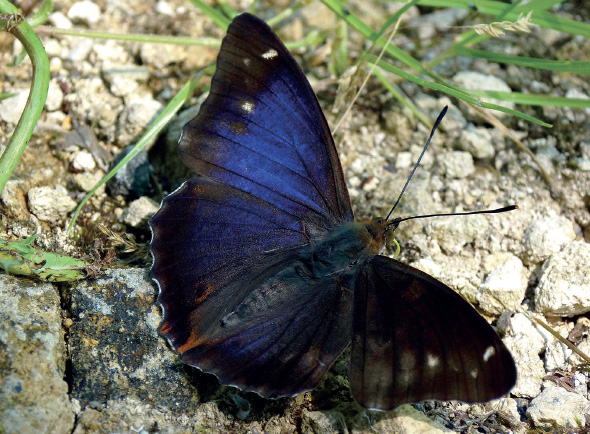
Male Purple Emperor of the rare colour form ab. lugenda, Fermyn Woods, July. And that dark prince, the oakwood haunting thing/Dyed with blue burnish like the mallard’s wing (John Masefield, ‘King Cole’).
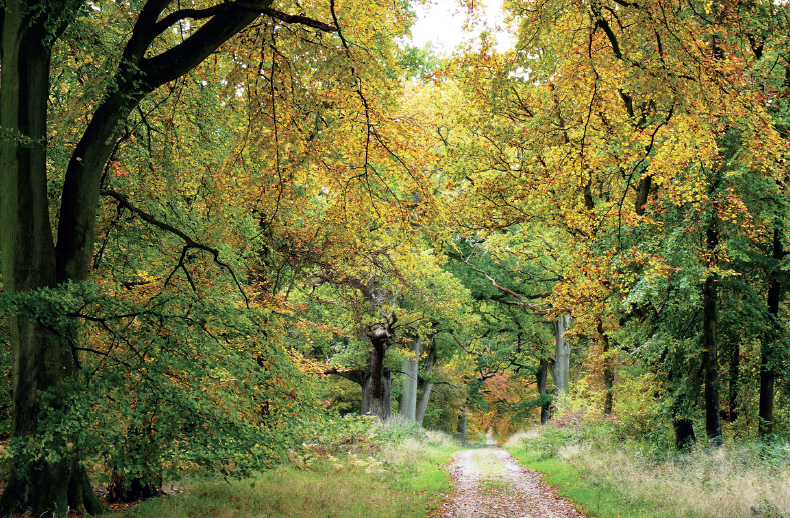
Autumn in Savernake Forest, 2010. Our life is no dream, but it may and perhaps will become one (Novalis).
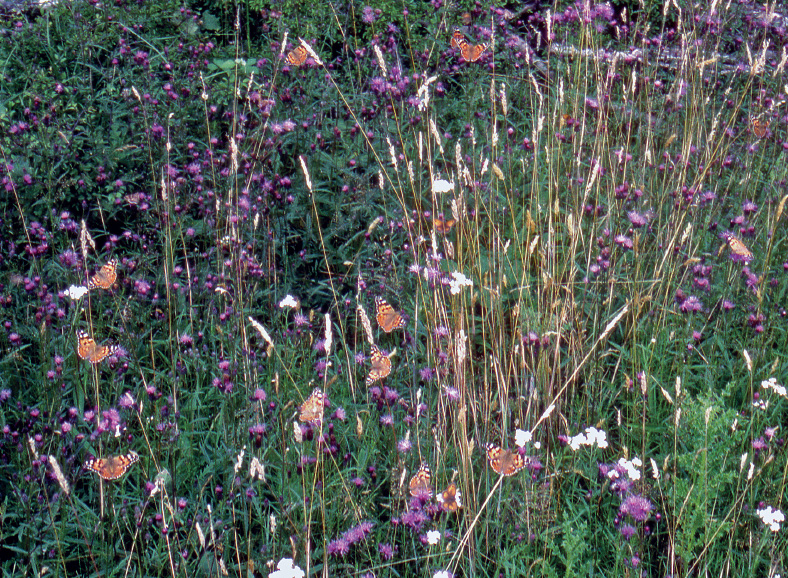
Painted Lady time: a cluster of Painted Ladies feeding on Saw-wort, Lydlinch Common, August 1996.
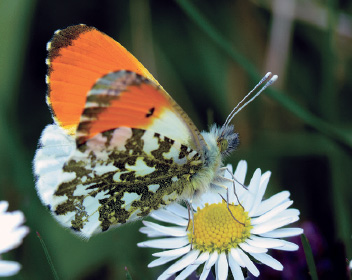
Orange-tip from Culkerton, May.
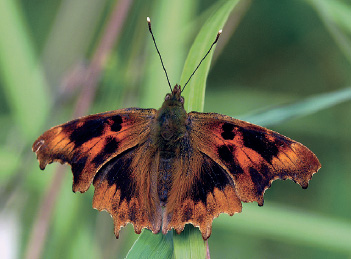
Rare ab. suffusa form of the Comma, Fermyn Woods, July.
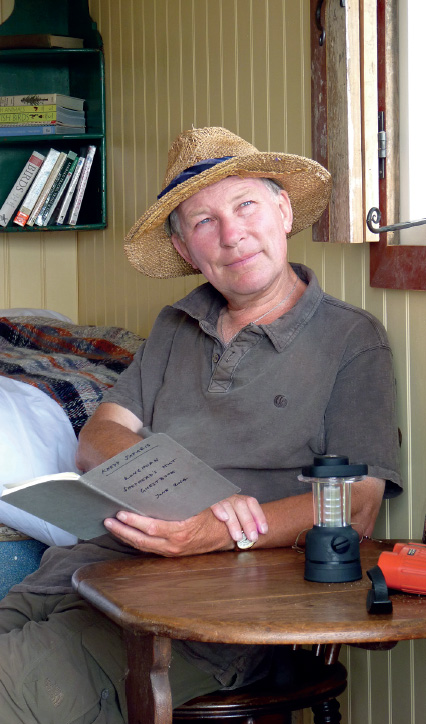
The author in a shepherd’s hut at Knepp Wildlands, West Sussex, July 2014 (© Neil Hulme).